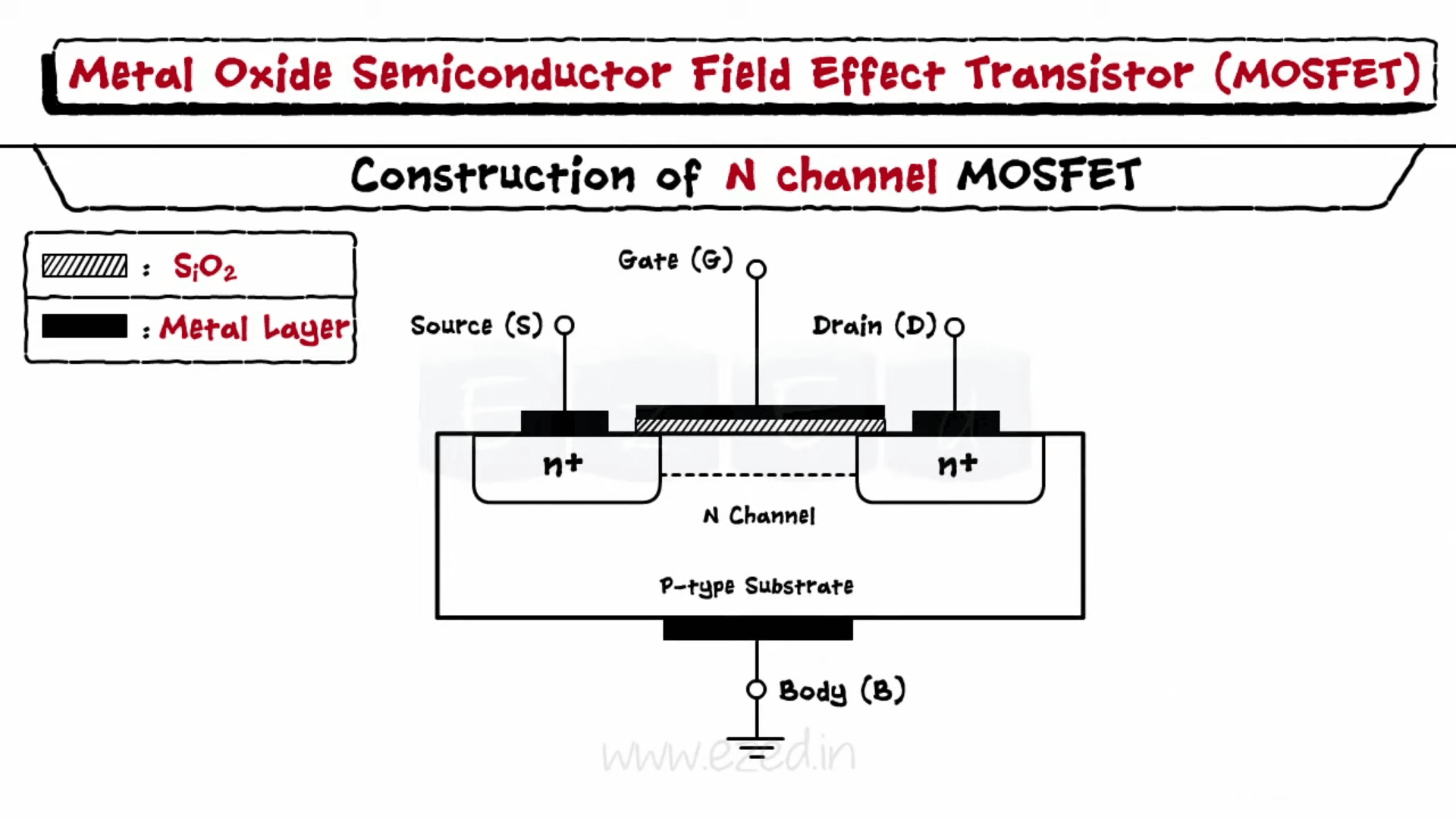![]()
[Image above] By modifying the structure of conventional ferroelectric field-effect transistors, Purdue University researchers found they could improve data retention times. Credit: Vincent Walter, Purdue University
As we make our way into the third month of 2020, now is a good time to revisit a topic that will show up regularly this year—ferroelectricity.
Ferroelectricity is a property of certain materials exhibiting spontaneous electric polarization that can be reversed in direction by applying an external electric field. This year marks the 100th anniversary of the first reported discovery of ferroelectricity, an anniversary celebrated in the January/February 2020 issue of the ACerS Bulletin.
In a CTT post from early January, we looked at advances in ferroelectric random access memory (FeRAM), a growing application field for ferroelectric materials. FeRAM is a nonvolatile memory technology, meaning it can store information even when its power source is turned off. The technology, which works by coupling a ferroelectric capacitor in series with a transistor, has been studied for many years, and some FeRAM devices are available commercially.
One disadvantage of FeRAM, however, is that it has a destructive read process, meaning stored data is “destroyed” each time it is read and so must be rewritten. Repeated read/write cycles gradually reduce the material’s remanent polarization, thus reducing the material’s data recording capabilities.
In contrast to FeRAM, another suggested nonvolatile memory technology using ferroelectrics is ferroelectric field-effect transistors (Fe-FETs).
Unlike FeRAM, which stores and processes data using a capacitor-transistor combo, Fe-FETs store and process data using only transistors—which makes the read process nondestructive. Despite this advantage, Fe-FET technology still is not commercialized because of its short data retention times.
The short retention time is generally attributed to two major factors: gate leakage current and the depolarization field. In a recent study, Purdue University researchers say they found a way to overcome both problems and thus lengthen retention times.
To understand what the Purdue researchers did requires knowledge of the Fe-FET structure.

Example of an n-channel MOSFET. In Fe-FETs, the insulating oxide layer is replaced with a ferroelectric material. However, the Purdue researchers used a ferroelectric material for the semiconductor “channel” instead. Credit: EzEd Channel, YouTube
Fe-FETs are essentially modified metal–oxide–semiconductor field-effect transistors (MOSFETs), in which the gate insulator is made of a ferroelectric material instead of an oxide.
To overcome the gate leakage and depolarization field, the Purdue researchers made a small switch—instead of replacing the MOSFET insulating layer with a ferroelectric material, they used a ferroelectric material in the MOSFET semiconductor “channel” region instead.
“In our FeS-FET, a ferroelectric semiconductor is used as the channel material while the gate insulator is [a conventional MOSFET oxide],” they write in the paper.
The researchers used 2D alpha indium selenide (α-In2Se3) as the ferroelectric semiconductor material because of its small band gap. Many ferroelectric materials have wide band gaps, which means electricity cannot pass through (making them insulating). α-In2Se3, on the other hand, has a band gap of about 1.39 eV, which allows it to conduct electricity.
In the paper, the researchers explain why using a ferroelectric material in the semiconductor channel rather than insulating layer allows them to overcome the gate leakage current and depolarization field.
“[The] mobile charges in the semiconductor can screen the depolarization field across the semiconductor,” they write. “Thus, the charge trapping and leakage current through the ferroelectric insulator found in conventional Fe-FETs can potentially be eliminated.”
In the conclusion, they report that the α-In2Se3 FeS-FETs exhibited high performance with a large memory window, a high on/off ratio of over 108, a maximum on current of 862 μA/μm, and a low supply voltage.
“Our FeS-FETs have the potential to surpass the capabilities of existing Fe-FETs for non-volatile memory applications,” they write.
The paper, published in Nature Electronics, is “A ferroelectric semiconductor field-effect transistor” (DOI: 10.1038/s41928-019-0338-7).
Author
Lisa McDonald
CTT Categories
- Electronics
- Material Innovations
- Nanomaterials


